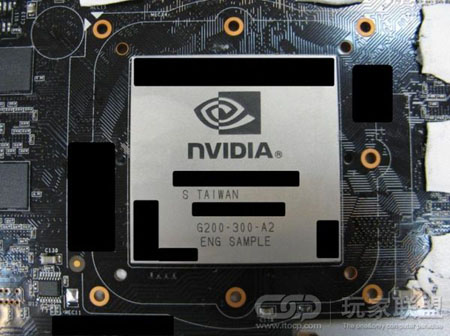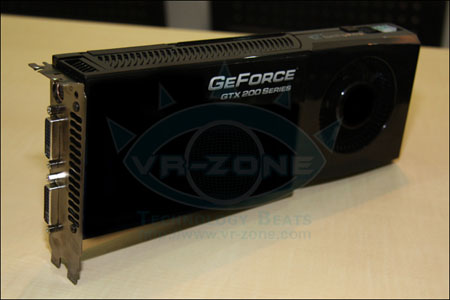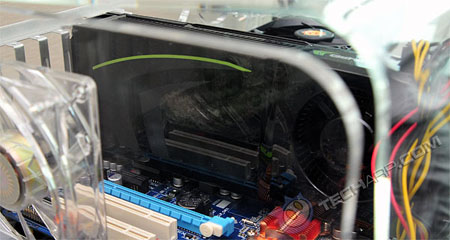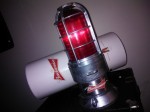NVIDIA: GTX 280 News, Pics. Plus: Gelato GPU Render Software Freely Available

It seems every day, more information about NVIDIA’s GTX 200 series cards is coming out. And pics…

The cards will be manufactured using a 65 nm process, with a die size of 576 mm2, which is almost double the current G92 series (9800GTX et al), which have a die size of 330 mm2.
The GeForce GTX 280 will have a core clock of 600MHz, and the 1GB of GDDR memory will be running at 0.8ns, on a 512-bit memory bus. It’s no small potatoes, either as it’s a full-size 10.5″ dual-slot card sporting 1.4 billion transistors, 933GFLOPS of processing power, and 240 fully loaded shaders. It’s little brother, the GTX 260 will have a 448-bit bus and 896MB of mmory, and run at 575MHz, with ‘only’ 192 shaders.

Also in NVIDIA news, last week the company released the 2.2. version of it’s Gelato software to make use of the power of their Quadro professional graphics cards in the rendering pipeline. From their press release:
NVIDIA Corporation, the world leader in visual computing technologies, today announced NVIDIA® Gelato® Pro 2.2 rendering software, the Company’s advanced GPU-accelerated rendering software for professionals, is available as a no-cost download at www.nvidia.com/gelatozone. Well suited for rendering of 3D digital content and design, Gelato Pro software now replaces the basic version of Gelato software, which was previously available directly from NVIDIA.
“NVIDIA Gelato Pro 2.2 software is extremely powerful GPU-accelerated rendering software and we are excited to support the creative community by making it freely available,” said Dominick Spina, senior product manager, Digital Film Group, NVIDIA. “Now all artists and designers with NVIDIA Quadro graphics cards can enhance their production pipelines with Gelato Pro—without a licensing fee.”
Gelato Pro 2.2 will be the final version of NVIDIA Gelato rendering software. Moving forward, the NVIDIA Gelato and mental images rendering teams will focus on the development of mental ray software, reinforcing NVIDIA’s investment in, and commitment to, accelerated rendering.
So even though Gelato appears to have run it’s course, NVIDIA will be focusing on mental ray, which they acquired in 2007.



